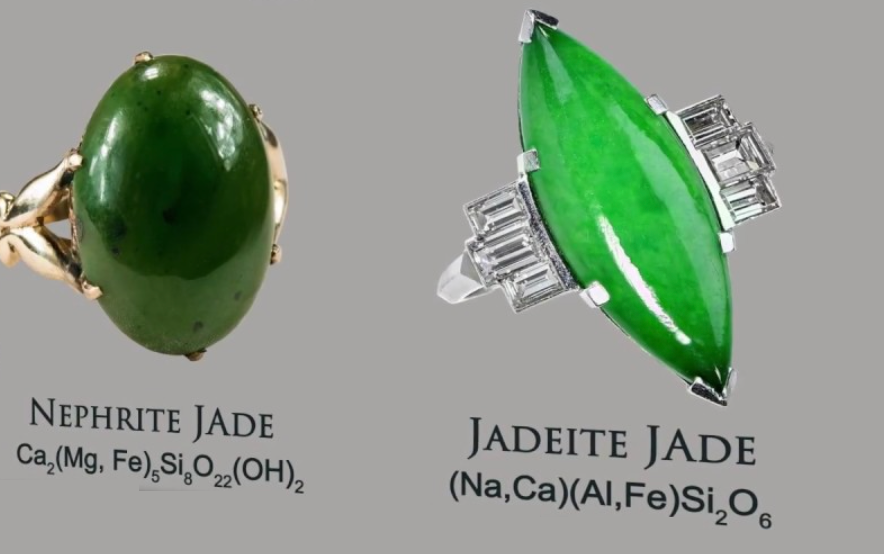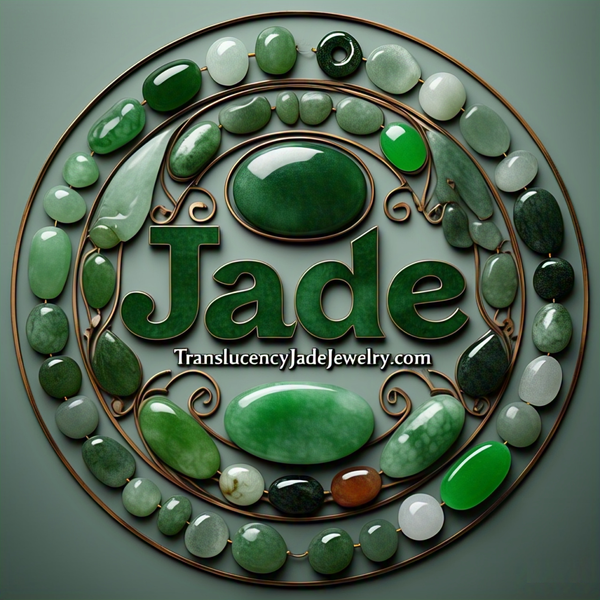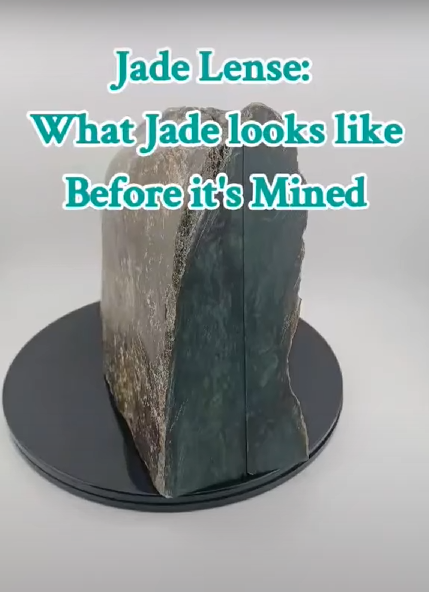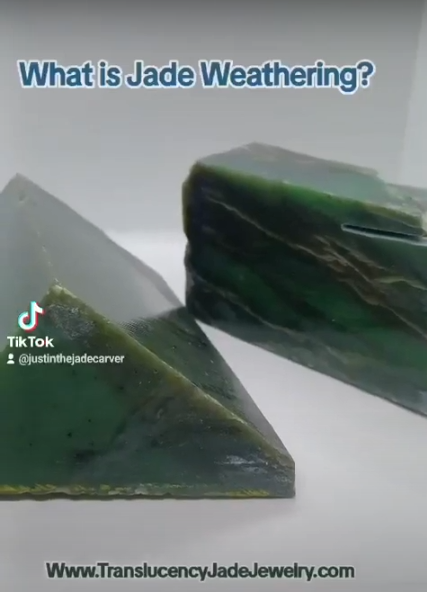
Differences Between Nephrite Jade & Jadeite
Translucency Jade JewelryShare the Knowledge
Understanding Jade involves delving into its geological characteristics, such as its composition, formation process, and variations in color and quality. Additionally, studying Jade Page entails exploring its cultural significance in different societies, including ancient civilizations like the Chinese, Maya, and Māori, who revered jade for its spiritual and healing properties.

Learning about Jade may also involve examining its contemporary uses and the market for jade products, considering factors such as sustainability, ethical sourcing, and the impact of trade on local communities.
Overall, delving into Jade provides insights into the geological, cultural, and commercial aspects of this revered gemstone, offering a multifaceted understanding of its significance in human history and contemporary society.
Today we will Be Learning the Difference Between Nephrite Jade & Jadeite:

Jadeite Jade vs Nephrite Jade:
Jadeite jade is a type of jade that is found in Myanmar, while nephrite jade is found across the world. Nephrite jade is tougher and more durable than jadeite, making it more suitable for carving. However, jadeite can be more highly polished and has a higher luster than nephrite.


To the untrained eye, it can be difficult to tell the difference between these
two types of jade. Here are some tips:
two types of jade. Here are some tips:
- Nephrite jade is usually darker in color than jadeite jade.
- Nephrite jade has a fibrous texture, while jadeite jade is more compact.
Jadeite has a very tight interlocking structure.
Jadeite has a very tight interlocking structure.
- Nephrite-Jade can be found in shades of Green/White
- Jadeite can be found in a rainbow of Colors
- Nephrite Jade is less expensive than jadeite but still can be expensive depending on quality/carving Factors.


Difference Between Nephrite Jade and Jadeite: Color
The easiest way to tell the difference between jadeite and nephrite jade is by color.
You're probably most familiar with the green color of jadeite, but this gemstone comes in almost every color of the rainbow. Jadeite can be white, pale apple-green, pink, lavender, and even dark blue. Of course, the highest valued color is the deep green known as "Imperial Green."
Nephrite jade comes in a variety of colors, too, including dark to light green and even black. Due to its high level of magnesium, nephrite jade can also be translucent white to a very light yellow, known in China as "mutton fat jade."


__________________________________________
What is Jadeite?
Like diamonds, jadeite forms exclusively in metamorphic rocks exposed to the intense pressures deep below the Earth's surface. Buried beneath all this heat and pressure, jadeite only comes to the surface in regions where there's erosion or shifting of tectonic plates.
Jadeite exists in many places around the globe, including:
- Myanmar
- Kazakhstan
- The mountains of Omi and Kotaki Japan
- The Motagua River Valley of Guatemala
- San Benito County, California
- Russia


However, the largest and most profitable source of jadeite is Myanmar (formerly Burma). Experts estimate that 70% of the world's jadeite supply comes from Myanmar's mines.
__________________________________________
What is Nephrite Jade?
Nephrite jade is also formed in metamorphic rocks but undergoes much less pressure and stress than jadeite. Because of this, nephrite jade has different Characteristics then Jadeite.
Because it's naturally closer to the Earth's surface, nephrite jade grows in deposits worldwide.
Deposits of Nephrite-Jade also come from:
-Australia
-Brazil
-Canada
-Sinkiang, China
-Russia
-Taiwan
-Zimbabwe
-Alaska


If you have any questions about Nephrite-Jade or Jadeite-Jade, Feel free to message me anytime and I'd be happy to answer any questions anyone has!
- Justin The Jade Carver / Translucency Jade Jewelry
- Justin The Jade Carver / Translucency Jade Jewelry



